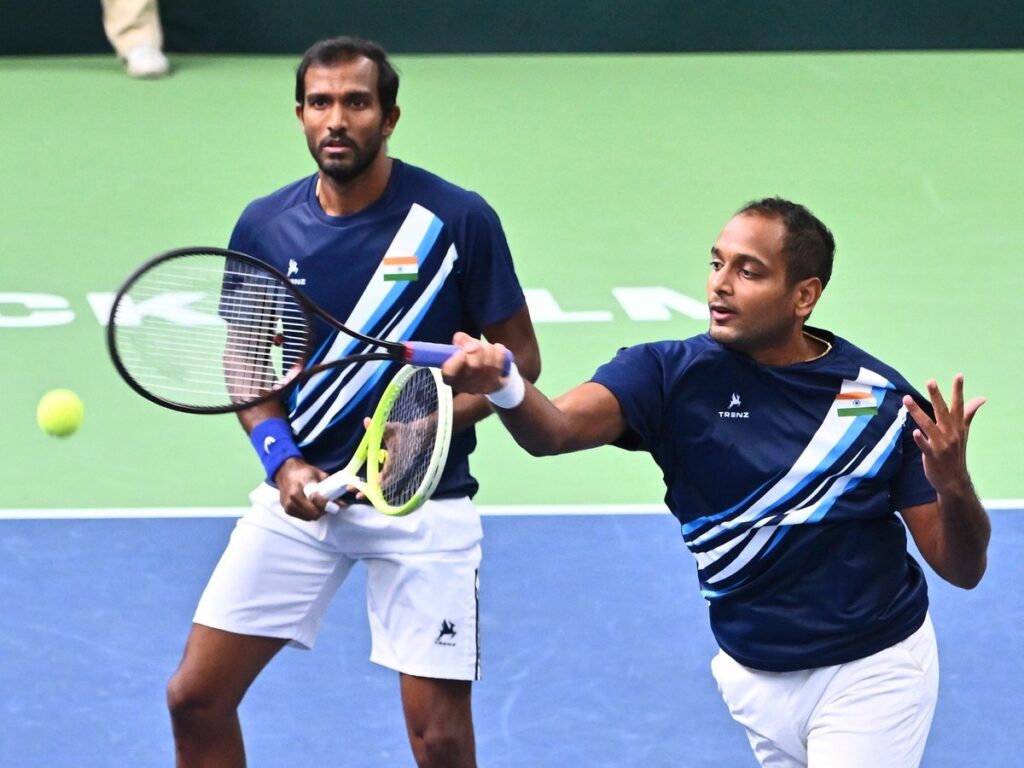The Indian tennis team faced a disappointing defeat against Sweden in the Davis Cup, marking their sixth loss in this prestigious tournament. The pressure was on Ramkumar Ramanathan and N. Sriram Balaji, who were tasked with delivering a crucial win in a do-or-die match. Unfortunately, the duo fell short of expectations. Additionally, Siddharth Vishwakarma, representing India, also struggled to make an impact on the court.
Davis Cup Overview
The Davis Cup, founded in 1900, is the premier international team event in men’s tennis. It features national teams from around the world competing in a knock-out format. Each tie generally consists of four singles and one doubles match, with the team that wins at least three matches advancing to the next round. This tournament not only showcases elite tennis talent but also fosters national pride and sportsmanship.
India’s Performance in the Davis Cup
India has a rich history in the Davis Cup, having reached the finals multiple times in the past. However, in recent years, the team has struggled to maintain its previous success. The loss against Sweden highlights challenges that the team faces, including heightened competition and the pressure of international play.
Match Highlights
| Player | Match Result | Comments |
|---|---|---|
| Ramkumar Ramanathan | Loss | Failed to secure crucial games under pressure. |
| N. Sriram Balaji | Loss | Duo could not find their rhythm together. |
| Siddharth Vishwakarma | Loss | Struggled to compete against higher-ranked opponents. |
Implications for Indian Tennis
The ongoing struggles of the Indian tennis team in the Davis Cup raise questions about the current state of tennis in the country. Despite having talented players, the lack of consistent training and exposure on the international circuit affects the team’s performance. There is a growing need for better coaching, facilities, and support for aspiring tennis players in India.
Future Prospects
Looking ahead, the Indian tennis team must strategize to rebuild and strengthen its lineup. Investment in grassroots programs and a focus on mental conditioning could lead to improved outcomes in future competitions. Understanding the dynamics of international play and ensuring players are well-prepared can pave the way for success in following tournaments.
Conclusion
In conclusion, India’s sixth defeat in the Davis Cup against Sweden serves as a wake-up call for the nation’s tennis framework. While the heartbreak of loss is palpable, it can also act as a catalyst for change. With a renewed focus on development and training, there remains hope for the Indian tennis team to rise and reclaim its status on the world stage in upcoming competitions.
